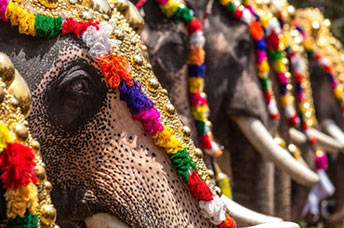A fascinating city – Bangalore, renamed Bengaluru, is renowned for its salubrious climate throughout the year. Bearing the sobriquet ‘Silicon Valley of India’, the city is one of India’s principal information technology hubs. Nevertheless, Bengaluru has also taken care of preservation of its green cover and colonial heritage. Historically, a succession of South Indian dynasties ruled the area where the city is today located until 1537AD when Kempé Gowda, a feudatory under the Vijayanagara Empire built a mud fort and established what is considered to be the foundation of modern Bengaluru.
Bangalore’s urban landscape is dotted with scenic gardens & parks, natural lakes, historic architectural landmarks, glitzy shopping malls. The city’s best restaurants offer fascinating varieties of culinary delights from many parts of the world and India. Visitors will also enjoy the opportunity to experience music concerts and dance and theatrical performance besides exhibitions and carnivals. The more adventurous of visitors do the nightclub and pub crawl or simply shop till their feet drop. Either ways, Bengaluru is sure to be a memorable experience.

















